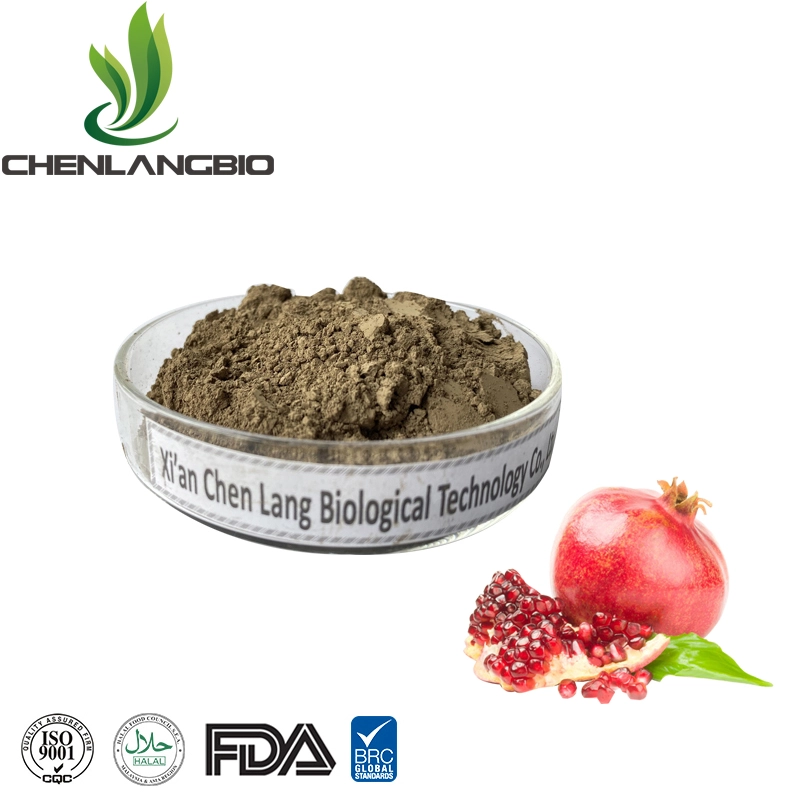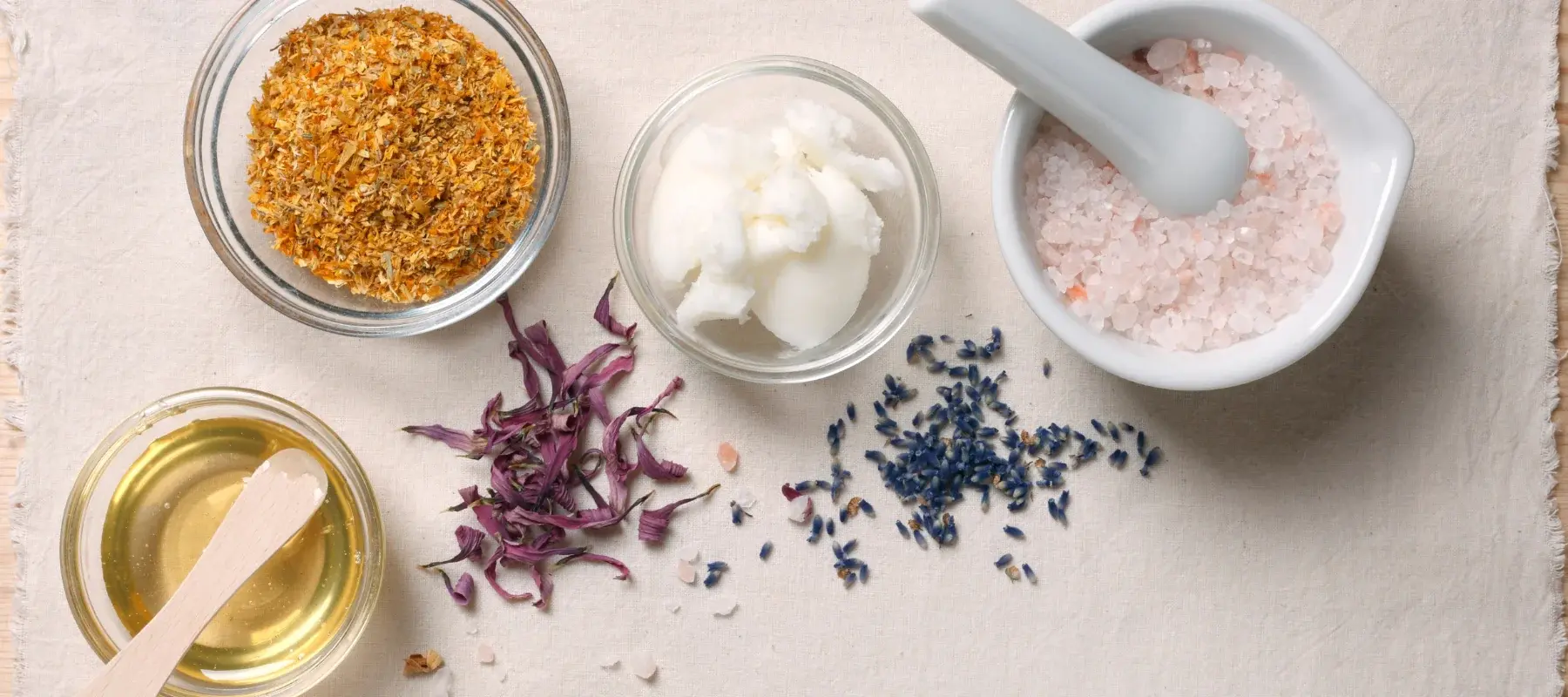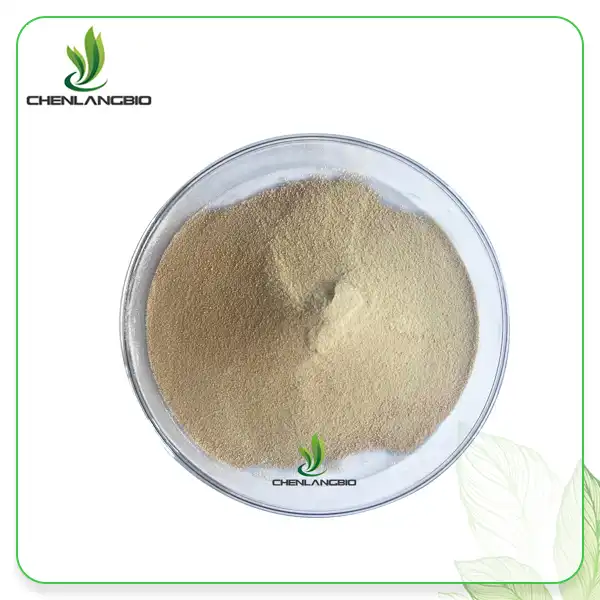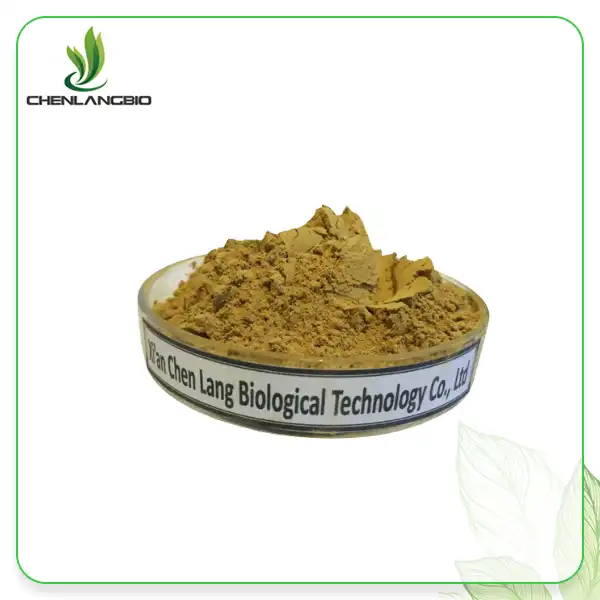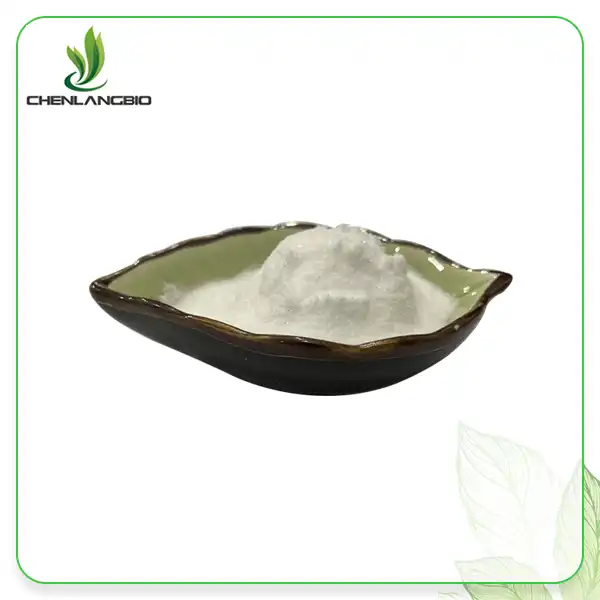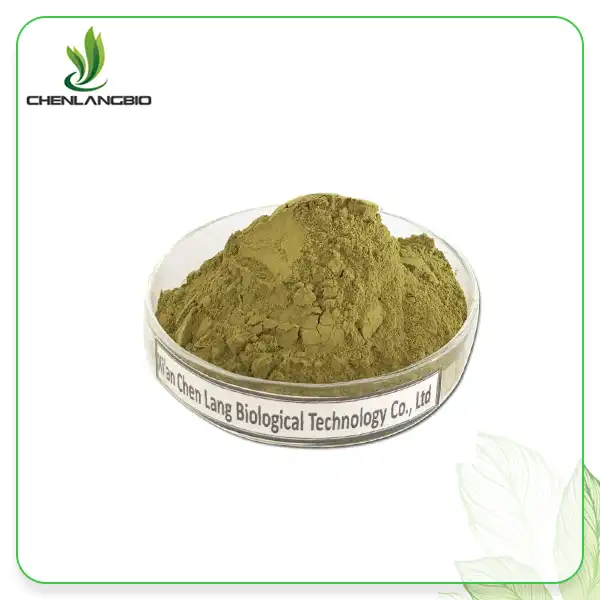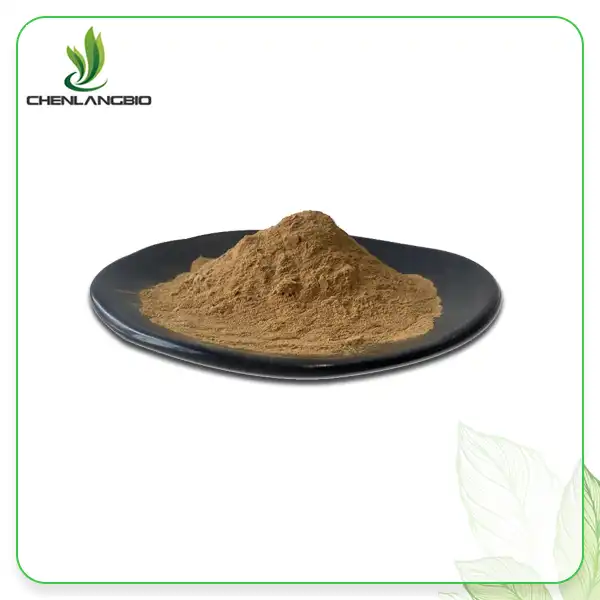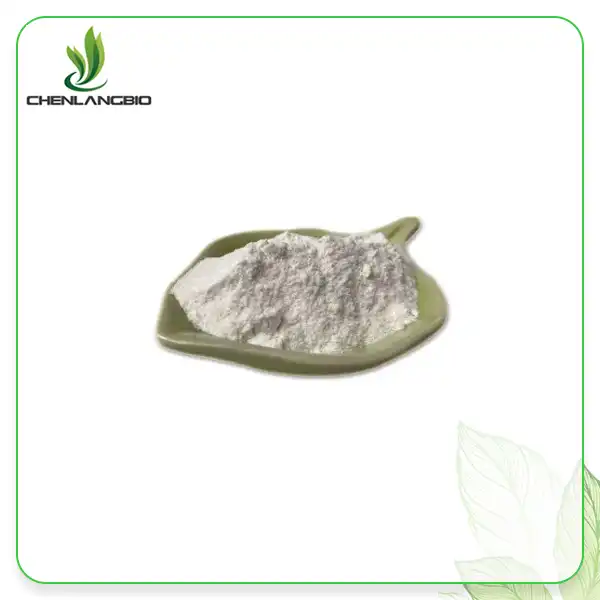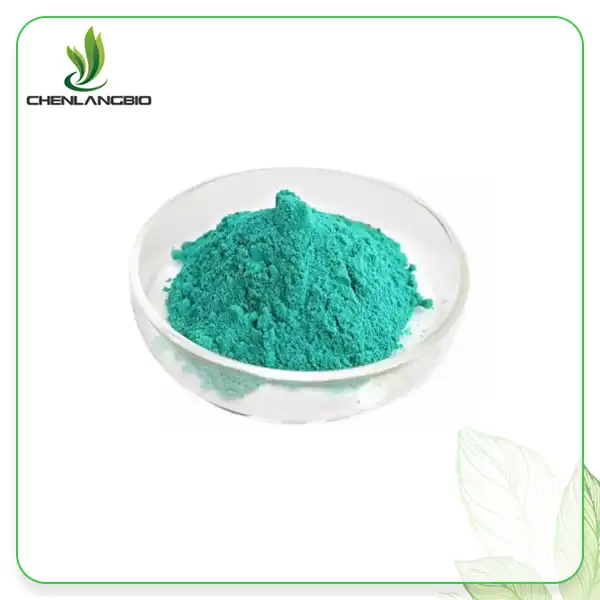Punicalagin Powder for Skin Brightening and Anti-Aging Formulas
2025-10-21 09:53:05
In the global skincare market, consumers are increasingly drawn to natural, plant-based ingredients that offer visible brightening and anti-aging results without irritation. Among these bioactives, punicalagins in pomegranate powder have emerged as one of the most potent natural antioxidants known today. Extracted primarily from Punica granatum L., punicalagins are hydrolyzable tannins responsible for many of pomegranate’s skin-regenerating and brightening effects.
As cosmetic brands seek cleaner formulations with proven efficacy, pomegranate extract powder rich in punicalagins has gained popularity in whitening serums, anti-aging creams, UV-protection lotions, and after-sun repair products. XI AN CHEN LANG BIO TECH supply different spec of pomegranate extract, such as: punicalagins, ellagic acid and so on.
What Are Punicalagins in Pomegranate Powder?
Punicalagins are ellagitannin-type polyphenols that naturally occur in the rind and pericarp of pomegranate fruit. They are water-soluble antioxidants with high molecular weight and exceptional free radical scavenging ability.
Once applied topically or ingested, punicalagins hydrolyze into ellagic acid, which further contributes to their anti-inflammatory, melanogenesis-inhibiting, and collagen-protecting activities. Scientific research has shown that punicalagins possess antioxidant capacities several times greater than red wine or green tea catechins.
Mechanisms for Skin Brightening and Anti-Aging
a. Antioxidant Defense Against UV Damage
It neutralizes reactive oxygen species (ROS) generated by UV exposure, reducing oxidative stress that accelerates aging and pigmentation. Studies in Journal of Agricultural and Food Chemistry (2003) demonstrated that pomegranate polyphenols protect fibroblast cells from UV-induced apoptosis and lipid peroxidation.
b. Inhibition of Melanin Formation
Punicalagins interfere with tyrosinase enzyme activity, suppressing excessive melanin synthesis. In cell-based studies, ellagitannins from pomegranate significantly reduced melanogenesis without cytotoxicity (Yoshimura et al., 2011), making them ideal for brightening products targeting uneven tone and dark spots.
c. Collagen Protection and Anti-Wrinkle Effects
Collagen degradation is one of the key causes of visible aging. Punicalagins inhibit MMP-1 (matrix metalloproteinase-1), the enzyme responsible for collagen breakdown. This effect helps maintain skin elasticity and firmness. Additionally, punicalagins stimulate fibroblast proliferation and enhance pro-collagen synthesis in dermal tissue.
d. Anti-Inflammatory and Barrier-Repair Properties
Punicalagins downregulate pro-inflammatory cytokines like IL-6 and TNF-α, soothing sensitive or irritated skin. Their barrier-protective action makes them compatible even for sensitive-skin formulations.
Scientific Evidence and Research Highlights
In Vitro Studies:
Research from the Journal of Ethnopharmacology (2006) found that pomegranate ellagitannins exhibit up to 10× stronger antioxidant activity than vitamin E analogs.
In Vivo (Animal) Studies:
Mice treated with pomegranate extract showed significantly less wrinkle formation and lipid peroxidation after UVB exposure (Afaq et al., Photochemistry and Photobiology, 2009).
Human Skin Models:
A topical 0.5% pomegranate polyphenol cream improved skin tone uniformity and elasticity after 8 weeks (Khan et al., 2015).
These results confirm that punicalagin-rich pomegranate extract powder offers dual benefits: visible brightening and structural skin rejuvenation.
Formulation Guidelines for Cosmetic Chemists
a. Stability Considerations
Punicalagins are sensitive to pH extremes and oxidation. Optimal formulation stability is achieved at pH 4.5–6.5. For enhanced shelf life, they should be protected from air and light using antioxidant stabilizers or lipid-based encapsulation systems.
b. Recommended Concentration
For topical applications, the suggested dosage of pomegranate extract powder containing 30–40% punicalagins is 0.2–2%, depending on product type and claim intensity.
c. Suitable Delivery Systems
Creams & Serums: Use hydrolyzed punicalagin powder in glycerin or propanediol base.
Liposomes or Nanoemulsions: Enhance penetration and stability in high-performance products.
Microcapsules: Recommended for long-term protection in emulsified systems or sunscreen formulations.
Compatibility and Formulation Synergy
Punicalagin powder is compatible with:
Vitamin C (ascorbic acid) — synergistic antioxidant brightening
Niacinamide — enhanced tone correction
Hyaluronic acid — supports hydration and delivery
Sunscreen agents — boosts photoprotection
Avoid mixing with strong alkalis or metal ions, which can degrade polyphenols.
Regulatory Notes and Labeling
In most regions (EU, USA, Japan, and South Korea), punicalagin-containing pomegranate extract is classified as a cosmetic ingredient of natural origin. It can be labeled as:
Punica Granatum Extract or Pomegranate Peel Extract
Claims allowed: “antioxidant,” “brightening,” “skin tone improvement,” “anti-wrinkle,” or “UV-protective support.”
Avoid medical claims such as “treats pigmentation disorders” or “heals skin diseases.”
Our Punicalagin Powder Advantages
•As a direct manufacturer of pomegranate extract powder, we provide:
•High purity: Punicalagins content ≥ 40%, standardized and HPLC-tested.
•Stable color and solubility: Fine brown-red powder with excellent dispersibility in aqueous and emulsified systems.
•Custom specifications: Available from 20% to 90% punicalagin content depending on formulation needs.
•Flexible packaging: 1 kg aluminum foil bag, 25 kg fiber drum, suitable for international air shipment.
•Full documentation: COA, MSDS, TDS, Non-GMO, Allergen-free statements provided.
•OEM/ODM support: Assistance with encapsulation, serum formulation, and white-label projects.
Our extraction process uses green solvent technology and low-temperature concentration, preserving bioactivity while meeting international cosmetic ingredient standards (ISO 22716, REACH compliant).
Common Questions from International Buyers
Q1: What is the shelf life of punicalagin powder?
Typically 24 months when stored in a cool, dry, and sealed environment away from direct sunlight.
Q2: Can it be used in both water-based and oil-based formulas?
Yes, it is water-soluble, but for oil systems, encapsulation or emulsifiers are recommended.
Q3: What’s the minimum order quantity (MOQ)?
Usually 1 kg for R&D samples; 25 kg per batch for bulk orders.
Q4: Is your pomegranate extract food-grade or cosmetic-grade?
Both options are available. Cosmetic-grade punicalagin powder undergoes finer filtration and microbial control.
Q5: Can we request custom standardization (e.g., 60% punicalagin)?
Yes, our factory supports tailored extract specifications based on your formula’s regulatory and efficacy needs.
Call to Action
If your brand is developing natural brightening or anti-aging skincare, incorporating punicalagins in pomegranate powder offers a science-backed, sustainable, and consumer-trusted solution.
We invite cosmetic R&D teams, ingredient distributors, and OEM manufacturers to request:
Free samples;
COA and specification sheets;
Customized concentration or encapsulation options.
Contact us today to explore how our high-purity punicalagin powder can elevate your next-generation skincare formulations. Please send email to admin@chenlangbio.com if you want to more information about punicalagin powder.
References
Gil, M. I., et al. (2000). “Antioxidant activity of pomegranate juice and its relationship with phenolic composition and processing.” Journal of Agricultural and Food Chemistry, 48(10): 4581–4589.
Afaq, F., et al. (2009). “Protective effects of pomegranate polyphenols in UVB-mediated skin damage.” Photochemistry and Photobiology, 85(2): 382–388.
Yoshimura, M., et al. (2011). “Inhibitory effects of ellagitannins on melanogenesis.” Biological & Pharmaceutical Bulletin, 34(4): 605–609.
Khan, N., et al. (2015). “Topical application of pomegranate extract improves skin tone and elasticity.” Clinical, Cosmetic and Investigational Dermatology, 8: 193–201.
Li, Y., et al. (2020). “Punicalagin: A polyphenol from pomegranate with antioxidant and anti-aging potential.” Nutrients, 12(5): 1509.
Send Inquiry
Related Industry Knowledge
- What Is 5 Alpha Hydroxy Laxogenin Powder and How Does It Work in the Body
- Does Sodium Ascorbyl Phosphate Have Any Side Effects?
- Bulk Dimethylmethoxy Chromanol: A Guide to Skin Protection
- What is D-Luciferin Potassium Salt Used for?
- Understanding Isobutylamido Thiazolyl Resorcinol for Skin Brightening
- Can You Grow Bergenia in Pots
- What Does Fisetin Do For The Body?
- Cinnamon Bark Extract Benefits
- Is It Safe to Take Pure Fisetin Powder Every Day
- What is Phenylethyl Resorcinol in Skin Care

